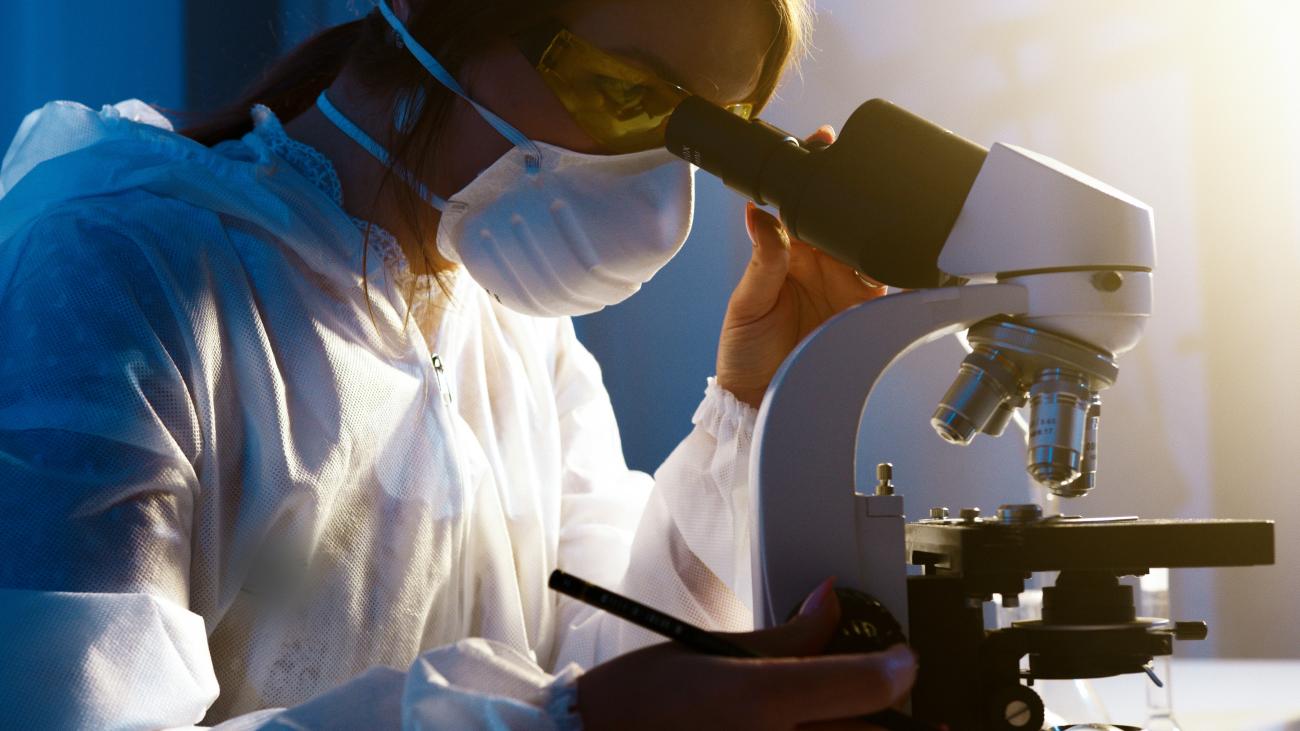Database providing access to the High Technology Network's industrial research offering: research competences, type of analyses and tests available at the Laboratories. Companies can consult the Catalogue to find Laboratories and researchers that match their needs.
Competence
Algorithms and systems for fault detection
Algorithms for fault identification
Analysis of the time to failure of components and systems
Carbon-based materials (graphene oxides, TPG, etc.)
Ceramic materials (oxides, nitrides, carbides, etc.)
Ceramic matrix composites and nanocomposites
Characterization of products of microbial origin: biomass, metabolites, natural antibiotics. Conversion and transformation processes of food an by-products
Combined stabilization strategies to enhance shelf-life and food safety
Corrosion: protection and inhibition
Cosmetics
Design for Maintenance e e-Maintenance
e-maintenance: remote management of maintenance and fault
Effects of packaging on the evolution of food microbial population
Elastomers
Failure Mode and Effect Analysis - FMEA
Fault tolerant control
Fault Tree Analisys - FTA
Glass and glass-ceramic materials
Innovative strategies for microbial control: the use of natural antimicrobials and thermal treatments
Interaction between food microorganisms and gut microbiota
Magnetic materials both bulk and nano
Magnetorheological fluids
Marker identification for the instrumental detection of desired or undesired microflora: set up of markers or indicators
Materials of natural origin and derived (wood, paper, cellulose, fibers, etc.)
Materials with self-diagnostic and self-healing properties
Metal matrix composites and nanocomposites
Metals: ferrous alloys (steel, cast iron)
Metals: non-ferrous alloys (aluminum, copper, nickel, titanium, magnesium, etc.)
Micro-nano materials functionalized
Microbial analysis, challenge tests, instrumental analyses
Microbial response to environmental stress: optimization of microbial performance
Microbial strain selection for food production: enzymatic, physiological, and genetic characterization
Microbial strain selection: technological characterization
Microbiological activity in food: risk analysis
Modulation of microbial growth and shelf-life evaluation as a function of formulation and storage condition
Molecular analyses for the identification of pathogens and spoilage microorganisms and the evaluation of their impact on final product,
Nanomaterials (filler, graphene, etc.)
Optimization of traditional stabilizing treatment to improve food quality
Otpimization of fermentation conditions: traceability and authenticity of typical or brand fermented food products
Paintings

